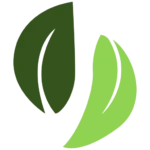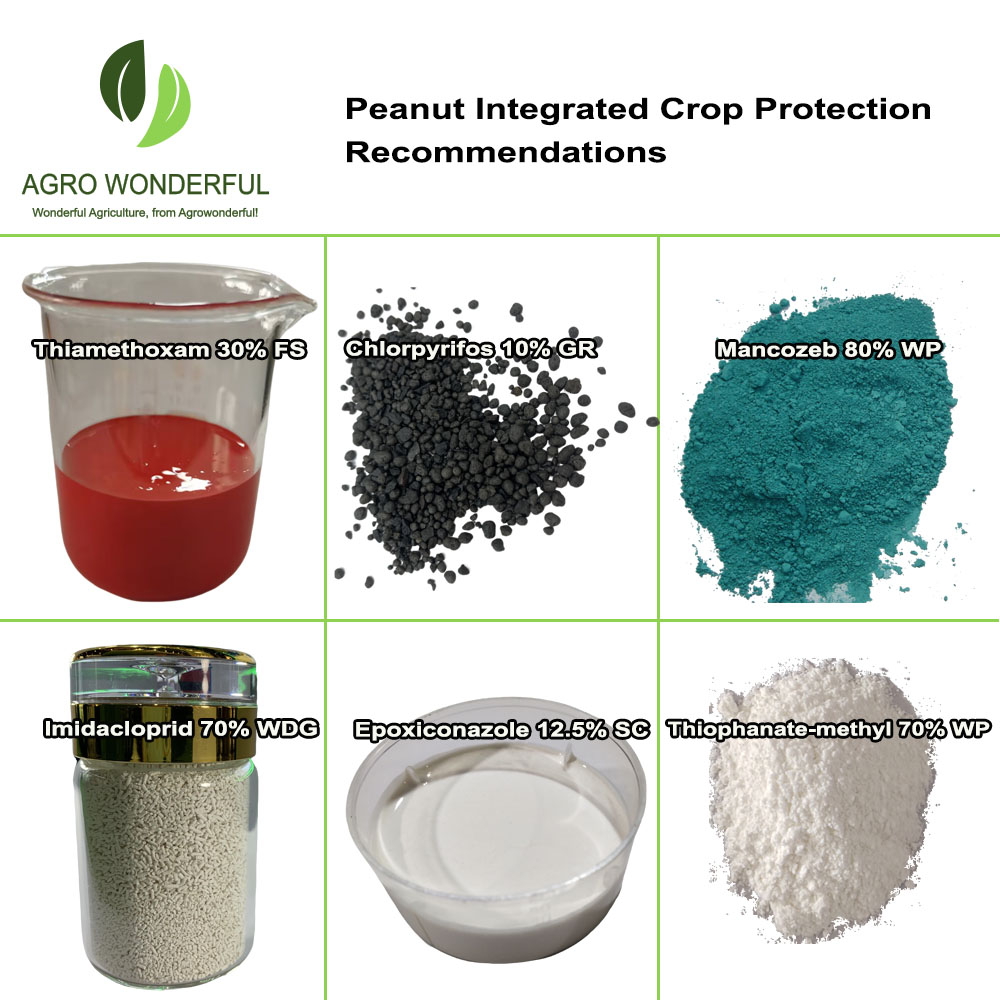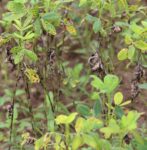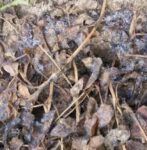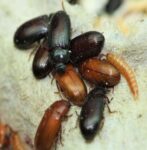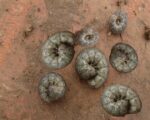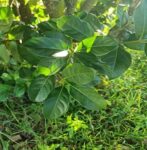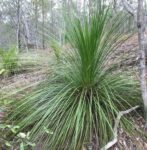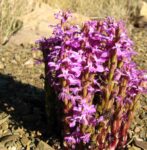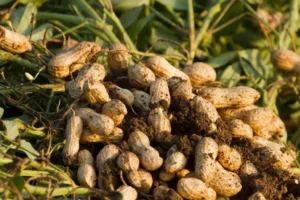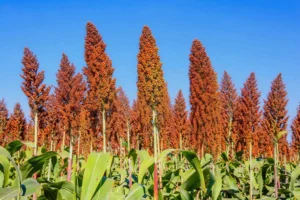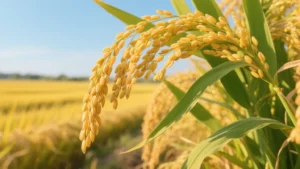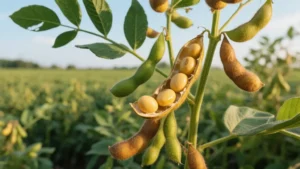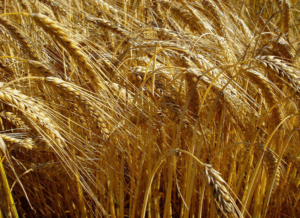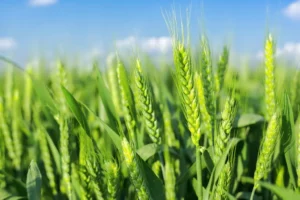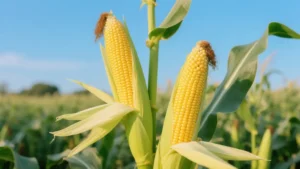Crop: Peanut
Overview
Integrated Crop Protection Recommendations
✅ Choose certified disease-free peanut seeds. Before sowing, use peanut-specific seed dressings Thiamethoxam 30% FS to prevent seed-borne diseases and seedling root rot.
✅ Rotate with corn and wheat. When residual pest and disease populations are high, apply soil treatment pesticides Chlorpyrifos 10% GR before sowing.
✅ Maintain a row spacing of 30-40cm and hill spacing of 15-20cm. At the initial stage of high-humidity diseases, spray protective fungicides Mancozeb 80% WP.
✅ Regularly inspect for diseases early/late leaf spot and pests aphids, white grubs. When economic thresholds are reached, use corresponding specialized pesticides Propiconazole 25% EC for fungal diseases Imidacloprid 70% WDG for aphids.
✅ Use our peanut pesticides Epoxiconazole 12.5% SC for rust according to thresholds. Avoid overuse to delay resistance development.
✅ Harvest promptly when pods mature. When Aspergillus infection initially appears before rain, spray low-residue anti-mold pesticides Thiophanate-methyl 70% WP to prevent aflatoxin contamina.
Common Peanut Diseases
1. Late Leaf Spot (Cercosporidium personatum)
-
Symptoms: Small brown spots with yellow halos on leaves, usually starting from lower leaves; premature defoliation.
-
Prevention & Control: Use resistant varieties; apply agrochemicals such as chlorothalonil or tebuconazole; rotate with non-legume crops.
-
Common agrochemical to use : Chlorothalonil 720g/L EC; Tebuconazole 250g/L EC
2. Rust (Puccinia arachidis)
- Symptoms: Reddish-brown pustules on the underside of leaves; causes rapid leaf drop.
- Prevention & Control: Apply preventive agrochemical sprays; avoid overhead irrigation.
- Common agrochemical to use : Triadimefon 250g/L EC; Propiconazole 250g/L EC
3. White Mold / Stem Rot (Sclerotium rolfsii)
- Symptoms: White fungal growth at stem base; wilting and plant death.
- Prevention & Control: Rotate with cereals; deep plow to bury sclerotia; apply soil agrochemicals.
- Common agrochemical to use : Pentachloronitrobenzene 40% WP; Thiophanate-methyl 70% WP
4. Aspergillus Crown Rot (Aspergillus niger)
-
Symptoms: Black fungal growth near crown; stunted plants, seed decay.
-
Prevention & Control: Use high-quality seed; treat seed with agrochemical before planting.
-
Common agrochemical to use : Fludioxonil 2.5g/L FS; Carbendazim 50% WP
Major Peanut Pests
1.Thrips
-
Damage: Feeding causes silvering of young leaves, stunting.
-
Management: Use insecticide seed treatments.
-
Common agrochemical to use: Imidacloprid 600g/L SC
-
Monitor early growth stage.
2. Aphids (Aphis craccivora)
-
Damage: Suck sap from leaves and stems, transmit viruses.
-
Management: Apply systemic insecticides.
-
Common agrochemical to use: Acetamiprid 200g/L SL
-
Encourage natural predators like lady beetles.
3. Beetles
-
Damage: Chew leaves, reducing photosynthetic area.
-
Management: Handpick in small fields; apply contact insecticides if infestation is heavy.
-
Common agrochemical to use: Lambda-cyhalothrin 25g/L EC
4. Cutworms
- Damage: Cut seedlings at soil level during night feeding.
- Management: Maintain weed-free fields; use soil insecticides before planting.
- Common agrochemical to use: Chlorpyrifos 480g/L EC
5. Armyworms
-
Damage: Defoliate plants during vegetative stage.
-
Management: Monitor at night; apply appropriate insecticides when thresholds are reached.
-
Common agrochemical to use: Spinosad 480g/L SC
Common Peanut Weeds
2. Monocot Weeds
- Axonopus compresus (Sw.) P. Beauv. (Carpet Grass) : Controlled with quizalofop-p-ethyl 10% EC or 5% EC.
- Cyperus esculentus L. (Yellow Nutsedge) : Controlled with bentazone 48% EC.
- Digitaria horizontalis Willd. (Horizontal Crabgrass) : Can be used clethodim 12% EC or 24% EC.
-
Eleusine indica (L.) Gaertn. (Goosegrass) : Can be used quizalofop-p-ethyl 10% EC or clethodim 12% EC.
3. Parasitic Weeds
- Striga hermonthica (Del.) Benth. (Purple Witchweed) : Controlled with glyphosate 480g/L SL or paraquat 276g/L SL.
